Home>Storage & Organization>Kitchen Organizing Tools>What Does It Mean When A Cat Lays In The Litter Box
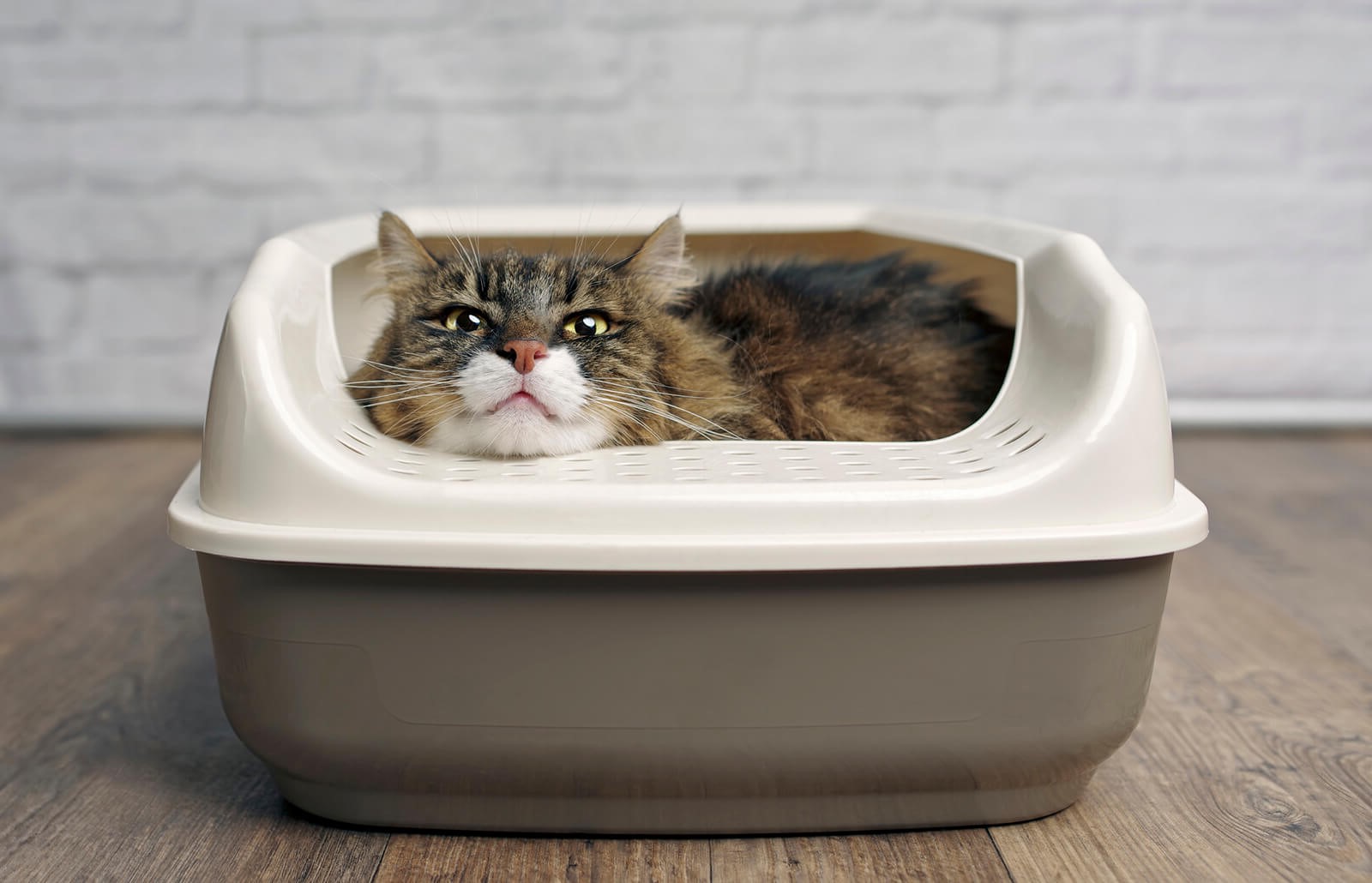

Kitchen Organizing Tools
What Does It Mean When A Cat Lays In The Litter Box
Published: February 23, 2024
Discover the reasons why your cat may be laying in the litter box and how to address this behavior. Find solutions with the best kitchen organizing tools.
(Many of the links in this article redirect to a specific reviewed product. Your purchase of these products through affiliate links helps to generate commission for Storables.com, at no extra cost. Learn more)
Introduction
Cats are known for their enigmatic behaviors, often leaving their human companions puzzled and intrigued. One such behavior that can be both perplexing and concerning is when a cat chooses to lay in its litter box. This seemingly unusual behavior may prompt cat owners to wonder about the underlying reasons and how to address it.
Understanding the significance of a cat laying in the litter box is crucial for ensuring the well-being of our feline friends. It can be indicative of various underlying issues, including medical and behavioral factors. By delving into the potential reasons behind this behavior, cat owners can gain valuable insights into their pet's health and happiness.
In this article, we will explore the possible explanations for why a cat may choose to lay in its litter box. From medical conditions to behavioral patterns, we will delve into the multifaceted nature of this behavior. By shedding light on the potential causes, we aim to equip cat owners with the knowledge needed to address this issue effectively and ensure the optimal care and comfort of their beloved feline companions.
Key Takeaways:
- Cats may lay in the litter box due to feeling stressed or seeking warmth. Providing a calm environment and observing their behavior can help address this unusual habit.
- Laying in the litter box can also indicate potential health issues. Regular vet check-ups and maintaining a clean litter box are essential for a cat’s well-being.
Read more: Why Does My Cat Lay In Her Litter Box?
Why Does a Cat Lay in the Litter Box?
Cats are known for their fastidious nature when it comes to grooming and maintaining their hygiene. However, when a cat starts to lay in its litter box, it can be a cause for concern. This behavior may stem from various reasons, ranging from medical issues to behavioral patterns.
One possible reason for a cat laying in the litter box is the association of the box with safety and security. In the wild, cats instinctively seek out secluded and secure spaces for rest and relaxation. The enclosed nature of a litter box may provide a sense of security for a cat, especially if it is feeling vulnerable or stressed. Additionally, the familiar scent of the litter box may offer a comforting and reassuring environment for the cat.
Another factor to consider is the cat's territorial instincts. Cats are inherently territorial animals, and the litter box serves as a significant territory marker for them. By laying in the litter box, a cat may be exhibiting a behavior aimed at asserting its ownership of the space. This behavior can be particularly pronounced in multi-cat households, where competition for territory and resources may be more prevalent.
Furthermore, the texture and temperature of the litter may play a role in a cat's decision to lay in the box. Cats are known for their affinity for warm and soft surfaces, and the litter may provide a relatively comfortable resting spot, especially if the cat is seeking warmth or a cozy environment.
It's important to note that a cat laying in the litter box can also be a sign of underlying health issues. Cats may seek out cool surfaces when they are feeling unwell, and the coolness of the litter may be appealing to a cat with a fever or discomfort. Additionally, urinary tract infections or other medical conditions may lead a cat to spend more time in the litter box, either due to discomfort or an increased urgency to urinate.
In summary, the reasons behind a cat laying in the litter box can be multifaceted, encompassing both instinctual behaviors and potential health concerns. By recognizing the various factors that may contribute to this behavior, cat owners can take proactive steps to address any underlying issues and ensure the well-being of their feline companions.
Medical Reasons for Laying in the Litter Box
When a cat exhibits the peculiar behavior of laying in the litter box, it can serve as a potential indicator of underlying medical issues. As responsible pet owners, it's crucial to be attentive to such behaviors and consider the possibility of medical conditions that may be affecting our feline companions.
One of the primary medical reasons for a cat laying in the litter box is the presence of urinary tract issues. Cats are susceptible to urinary tract infections, which can cause discomfort and increased urgency to urinate. As a result, a cat may spend more time in the litter box, either attempting to urinate frequently or seeking relief from the discomfort associated with the condition. Additionally, urinary blockages, crystals, or stones in the urinary tract can lead to similar behaviors, as the cat may experience pain and difficulty urinating.
Furthermore, kidney-related ailments can also contribute to a cat's inclination to lay in the litter box. Chronic kidney disease, a common condition in older cats, can lead to increased thirst and urination, as well as discomfort in the urinary tract. This discomfort may prompt a cat to seek solace in the litter box, where it may feel a sense of security and relief.
In some cases, gastrointestinal issues can manifest in a cat's behavior of laying in the litter box. Cats suffering from constipation or diarrhea may associate the litter box with the relief of their discomfort, leading them to spend more time in the box. Additionally, abdominal pain or discomfort from digestive problems can drive a cat to seek out secluded areas, and the litter box may provide a perceived sense of privacy and comfort.
Moreover, systemic illnesses such as diabetes or hyperthyroidism can impact a cat's urinary habits, potentially leading to increased time spent in the litter box. Cats with diabetes may experience increased thirst and urination, while those with hyperthyroidism may exhibit changes in their litter box behavior due to metabolic imbalances.
It's essential for cat owners to be vigilant and observant of any changes in their pet's litter box habits, as these behaviors can offer valuable insights into the cat's health. Seeking prompt veterinary attention and diagnostic evaluation is crucial when a cat displays unusual behaviors such as laying in the litter box, as it can aid in identifying and addressing any underlying medical conditions effectively.
By recognizing the potential medical reasons for a cat laying in the litter box, cat owners can take proactive steps to ensure the health and well-being of their feline companions, thereby fostering a nurturing and supportive environment for their beloved pets.
If your cat is spending a lot of time in the litter box, it could be a sign of a medical issue like a urinary tract infection or constipation. It’s important to take your cat to the vet for a check-up if you notice this behavior.
Behavioral Reasons for Laying in the Litter Box
Behavioral patterns play a significant role in understanding the complex nature of a cat's decision to lay in its litter box. While medical reasons are crucial to consider, behavioral factors can also offer valuable insights into this perplexing behavior.
One prominent behavioral reason for a cat laying in the litter box is the association of the box with security and comfort. Cats are known for their instinctive need for secure and secluded spaces, especially when they feel vulnerable or stressed. The enclosed nature of a litter box, coupled with the familiar scent of the litter, can provide a reassuring environment for a cat seeking solace. This behavior may be particularly pronounced in multi-cat households, where competition for territory and resources can influence a cat's need for a secure space.
Territorial instincts also come into play when examining a cat's decision to lay in the litter box. Cats are inherently territorial animals, and the litter box serves as a significant territory marker for them. By laying in the litter box, a cat may be asserting its ownership of the space, especially in environments with multiple cats. This behavior can be a manifestation of the cat's need to establish and maintain its territory within the household.
Moreover, the texture and temperature of the litter may contribute to a cat's choice to lay in the box. Cats are known for their preference for warm and soft surfaces, and the litter may offer a relatively comfortable resting spot. This is particularly relevant if the cat is seeking warmth or a cozy environment, especially in colder climates or during periods of rest.
Additionally, changes in a cat's environment or routine can influence its behavior regarding the litter box. Stressful events such as moving to a new home, the introduction of a new pet, or changes in the household dynamics can impact a cat's sense of security and territory. As a result, the cat may seek refuge in the familiar environment of the litter box as a coping mechanism during times of upheaval or uncertainty.
By recognizing the behavioral reasons for a cat laying in the litter box, cat owners can gain a deeper understanding of their pet's needs and emotions. This insight can guide them in creating a supportive and nurturing environment that addresses their cat's behavioral and emotional well-being.
Understanding the behavioral motivations behind a cat's choice to lay in the litter box is essential for fostering a harmonious and enriching relationship between cats and their human companions. By acknowledging and addressing these behavioral factors, cat owners can ensure that their feline friends feel secure, comfortable, and emotionally content in their home environment.
How to Address the Issue
Addressing the issue of a cat laying in the litter box requires a comprehensive approach that encompasses both medical and behavioral considerations. As responsible cat owners, it is essential to prioritize the well-being and comfort of our feline companions. By taking proactive steps and implementing targeted strategies, cat owners can effectively address this perplexing behavior and ensure the optimal care of their beloved pets.
-
Consult a Veterinarian: When a cat displays unusual behaviors such as laying in the litter box, seeking professional veterinary guidance is paramount. A thorough physical examination and diagnostic tests can help identify any underlying medical conditions that may be contributing to the behavior. By collaborating with a veterinarian, cat owners can gain valuable insights into their cat's health and receive tailored recommendations for addressing any medical issues.
-
Provide Adequate Litter Box Space: Ensuring that the household has an adequate number of litter boxes is crucial, especially in multi-cat environments. The general rule of thumb is to have one litter box per cat plus an additional box to minimize territorial conflicts and provide each cat with a sense of ownership and security.
-
Maintain Litter Box Hygiene: Regularly cleaning and maintaining the litter box is essential for promoting a clean and inviting environment for the cat. Cats are meticulous about their hygiene, and a clean litter box can contribute to their overall well-being. Additionally, using unscented, clumping litter can offer a comfortable and appealing substrate for the cat.
-
Create a Calm and Secure Environment: Minimizing stressors and creating a calm, secure environment for the cat is vital for addressing behavioral issues. Providing designated resting areas, interactive toys, and vertical spaces can offer the cat alternative spaces for relaxation and play, reducing the likelihood of seeking refuge in the litter box.
-
Behavioral Enrichment: Engaging the cat in interactive play sessions, providing scratching posts, and offering environmental enrichment can help alleviate stress and boredom, thereby reducing the likelihood of seeking solace in the litter box. Creating a stimulating and enriching environment can contribute to the cat's emotional well-being and overall contentment.
-
Monitor and Observe: Continuously monitoring the cat's behavior and litter box habits is essential for gauging the effectiveness of implemented strategies. Observing any changes in the cat's behavior and addressing them promptly can contribute to a positive and supportive environment for the cat.
By addressing the issue of a cat laying in the litter box through a holistic approach that integrates medical attention, environmental considerations, and behavioral enrichment, cat owners can foster a nurturing and harmonious relationship with their feline companions. Prioritizing the cat's physical and emotional well-being is fundamental in creating a supportive and enriching home environment that promotes the happiness and comfort of our beloved pets.
Frequently Asked Questions about What Does It Mean When A Cat Lays In The Litter Box
Was this page helpful?
At Storables.com, we guarantee accurate and reliable information. Our content, validated by Expert Board Contributors, is crafted following stringent Editorial Policies. We're committed to providing you with well-researched, expert-backed insights for all your informational needs.
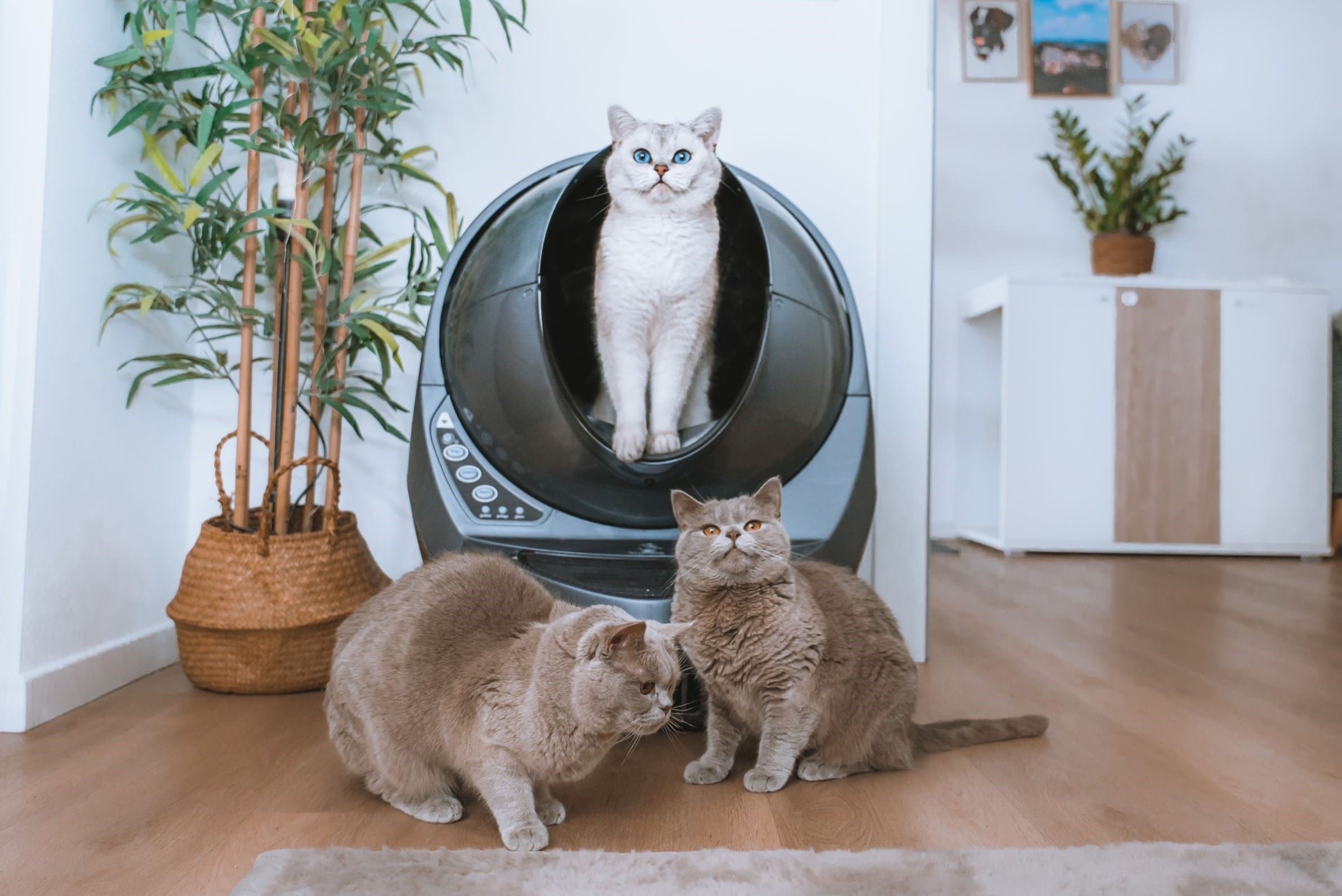
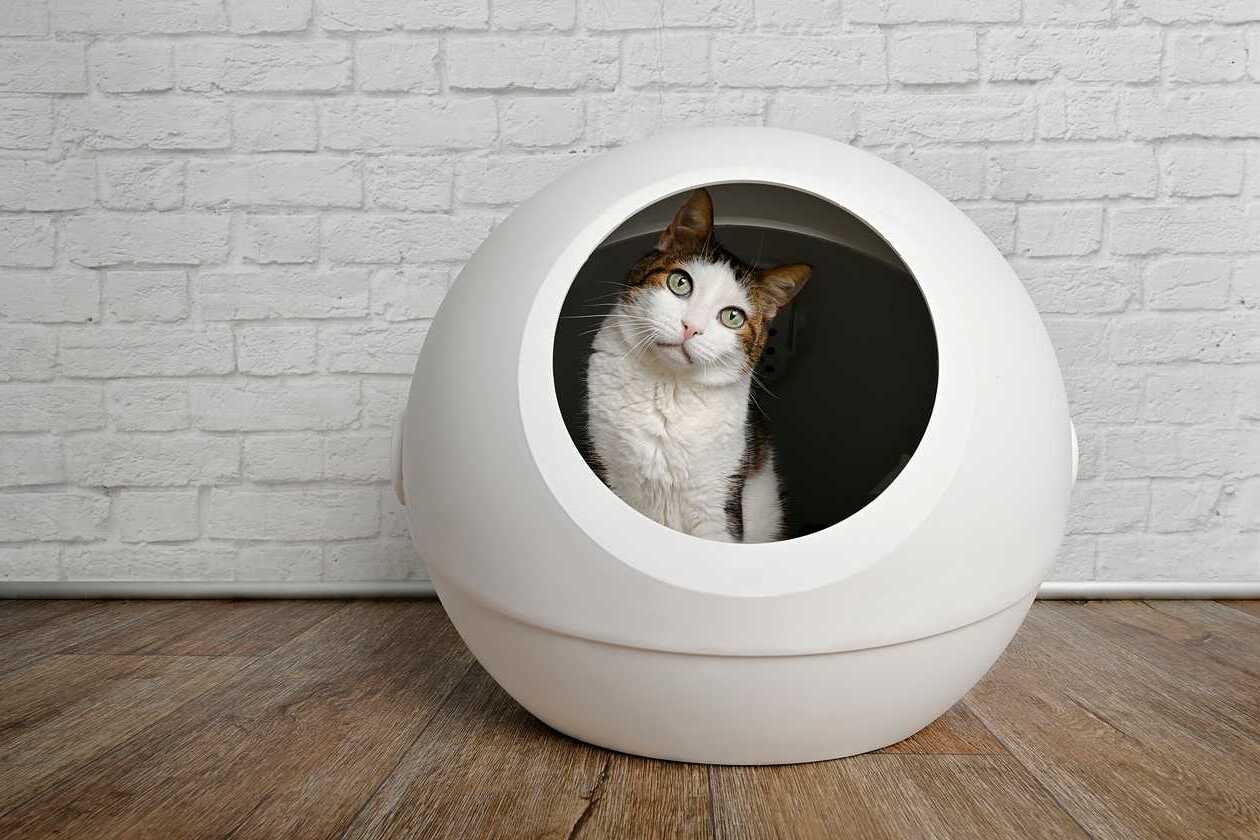

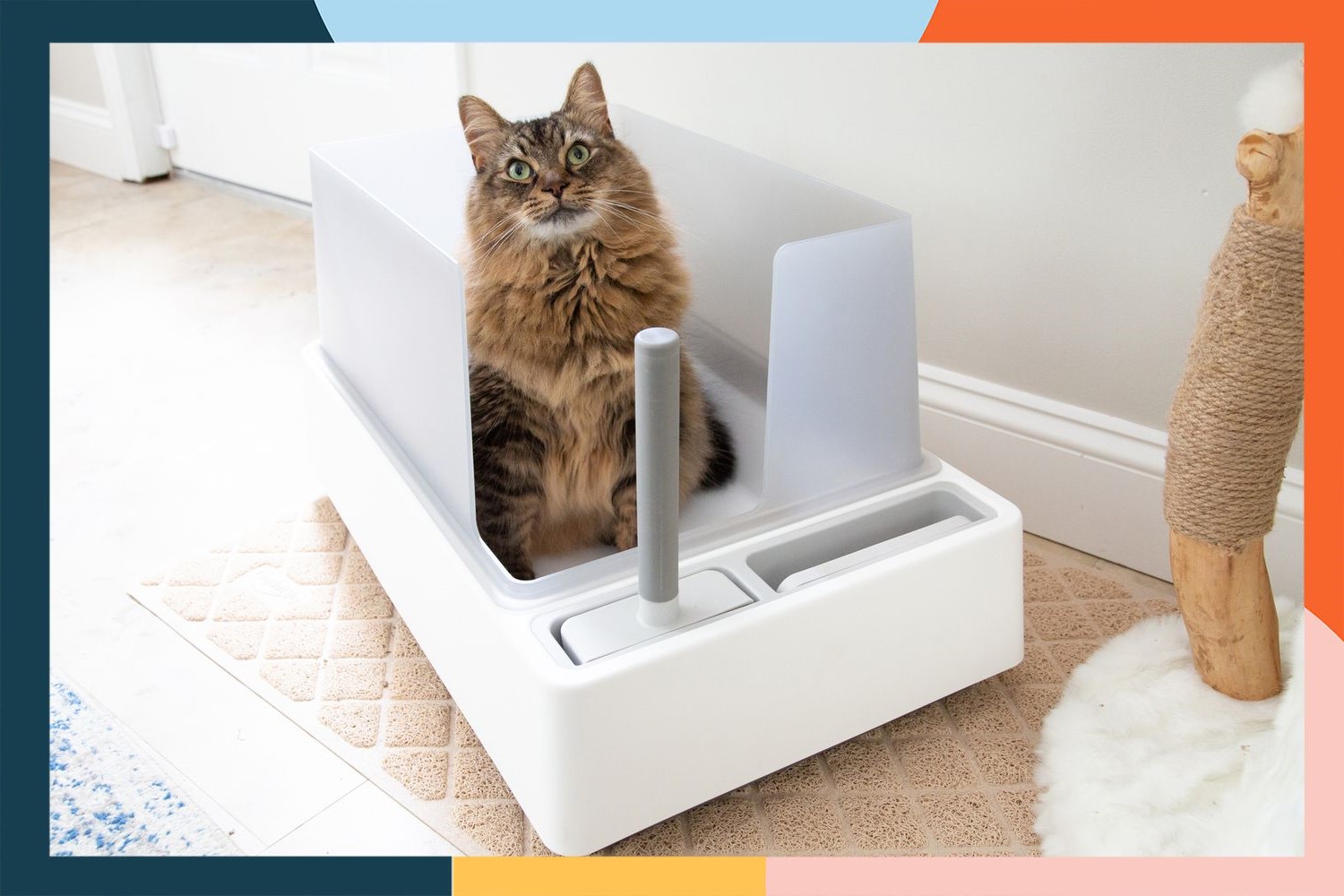
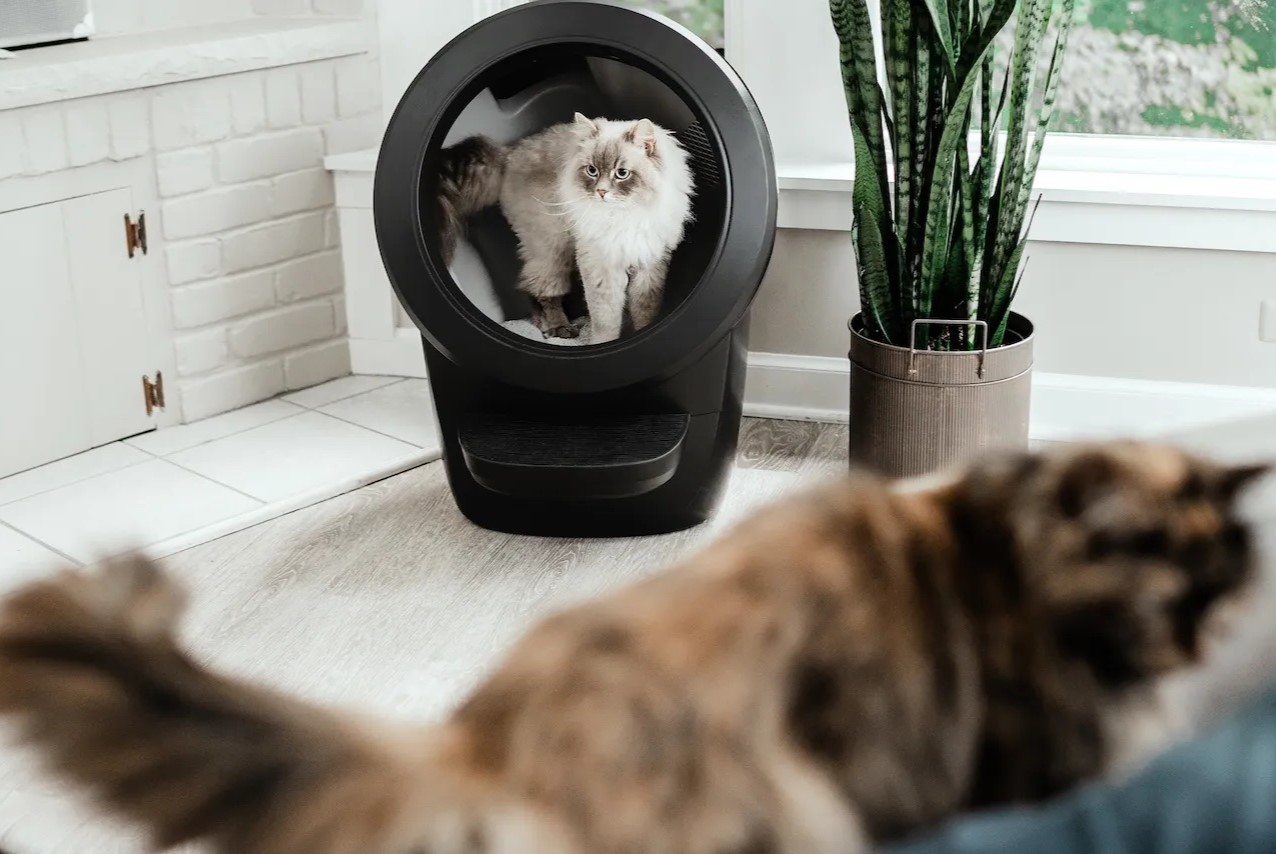
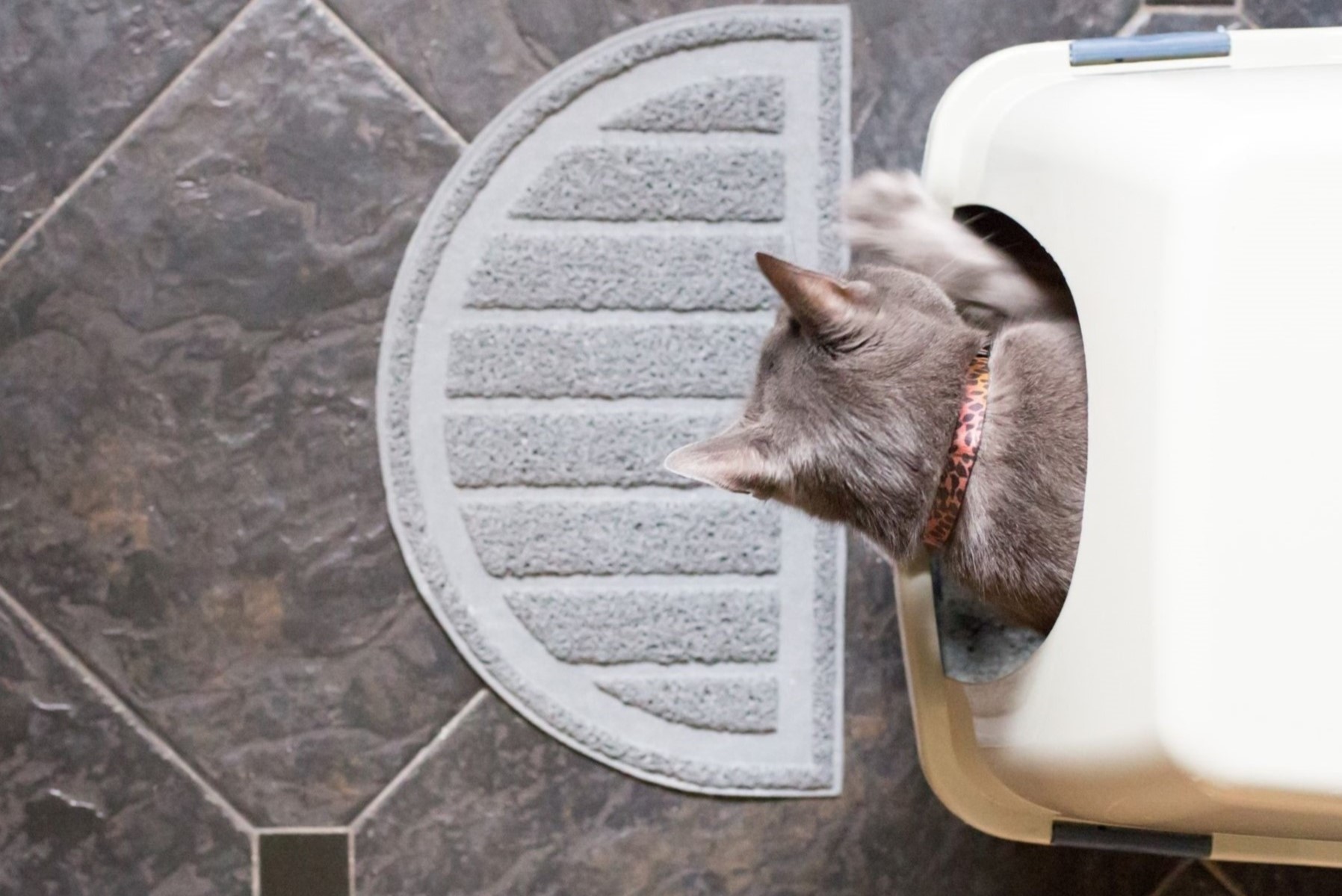
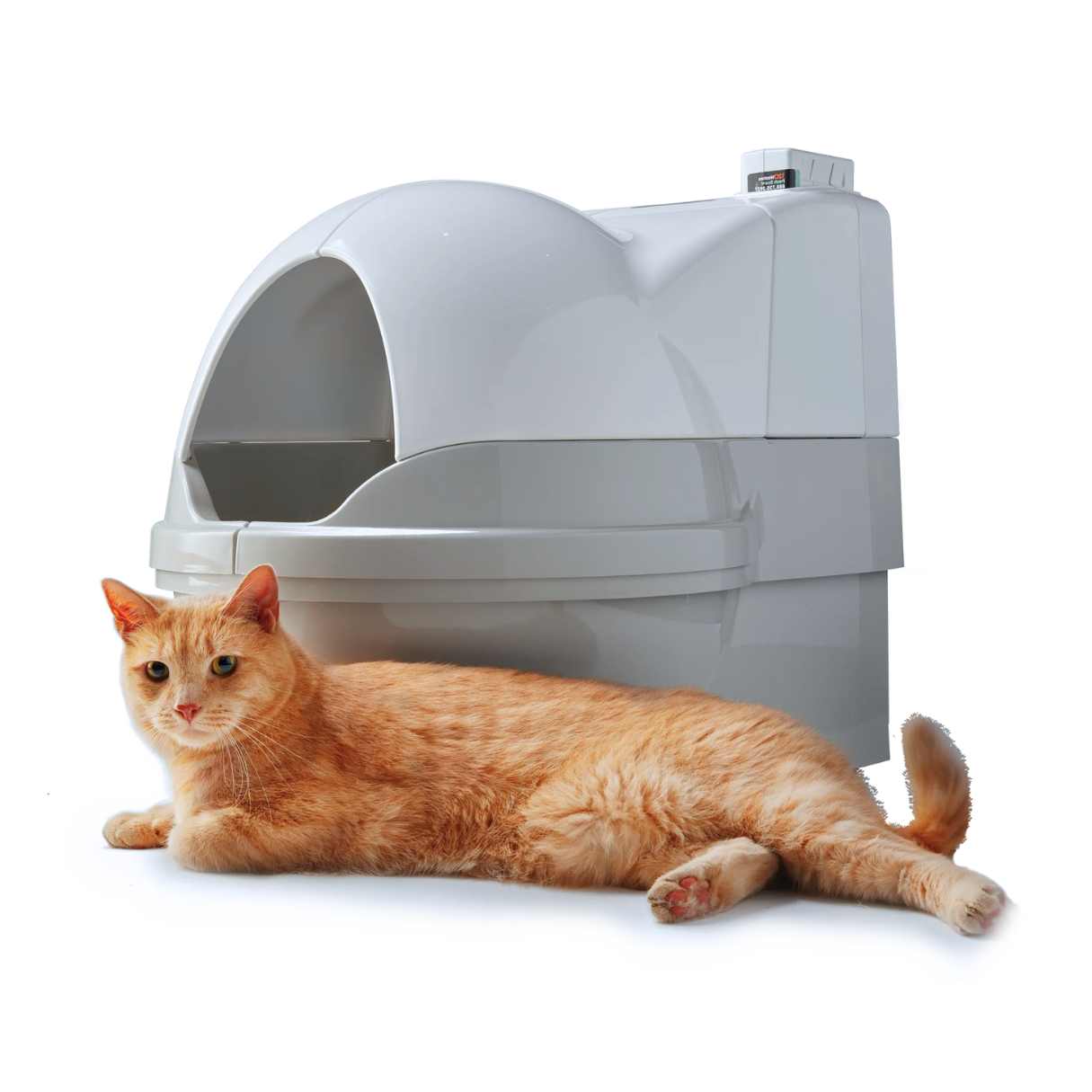
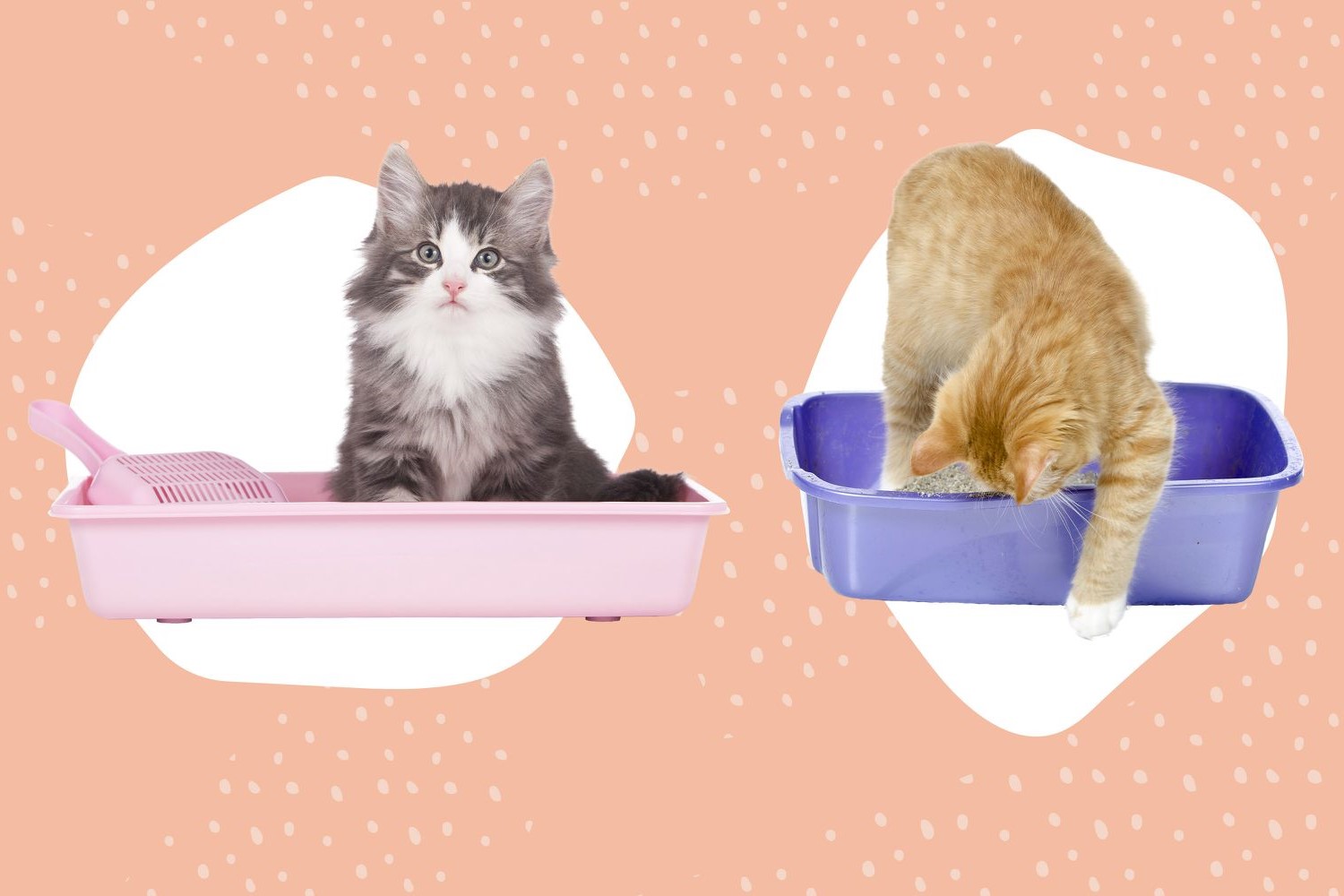
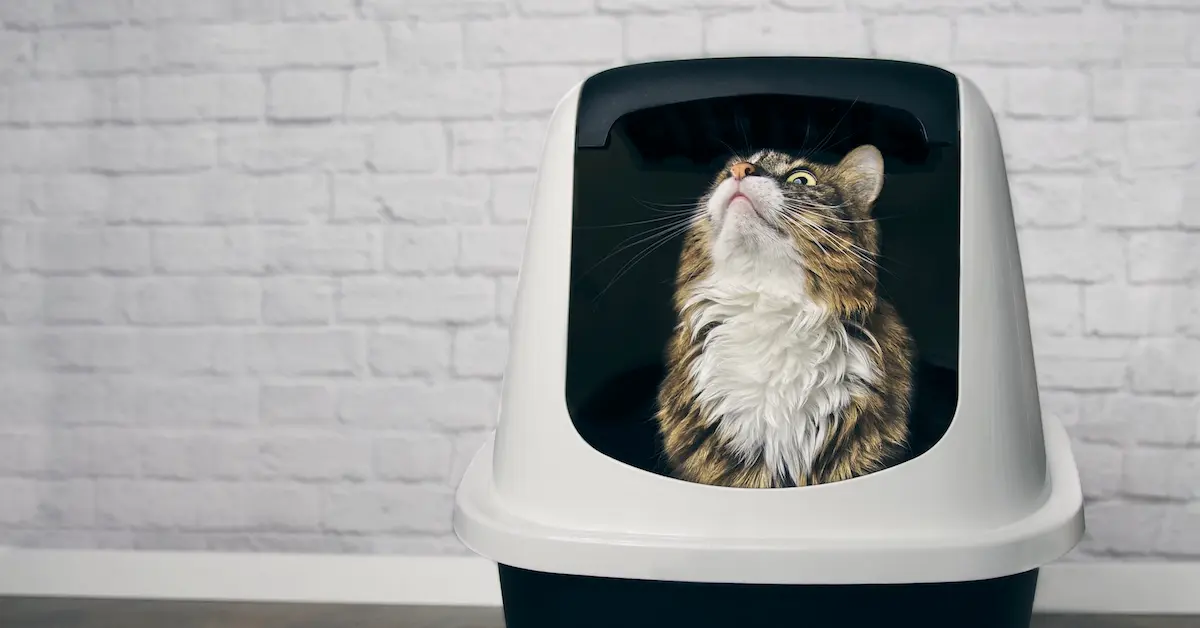
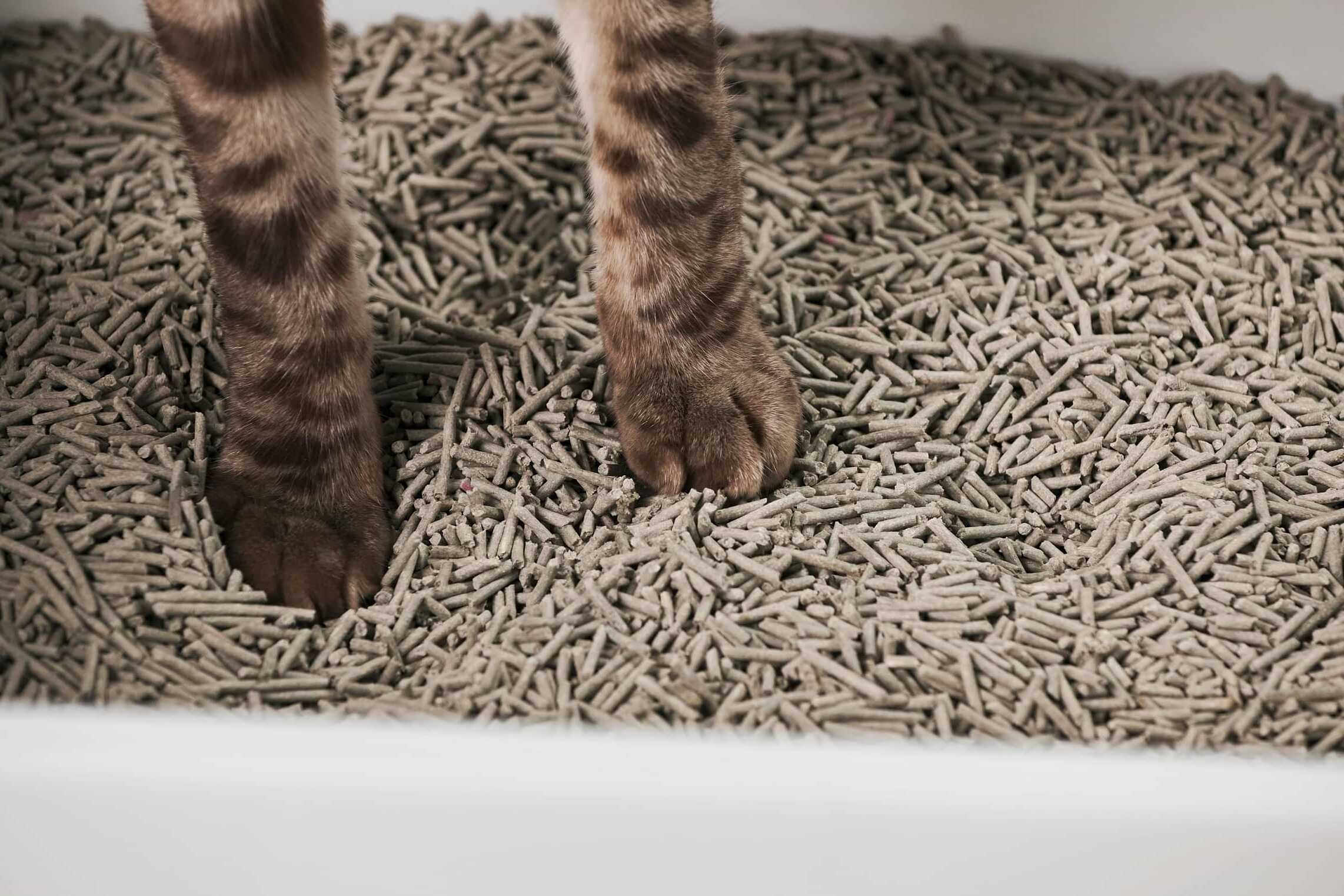
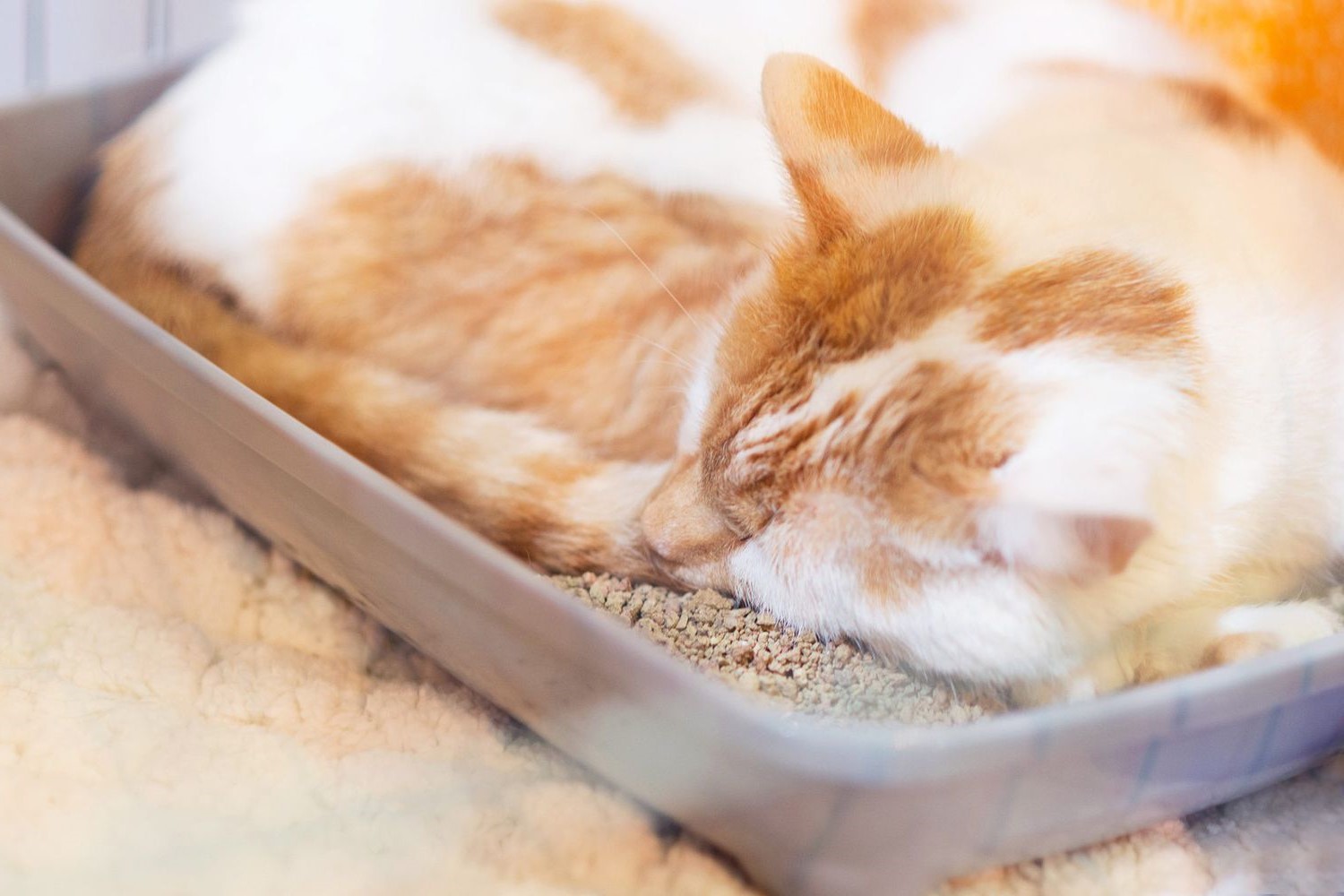
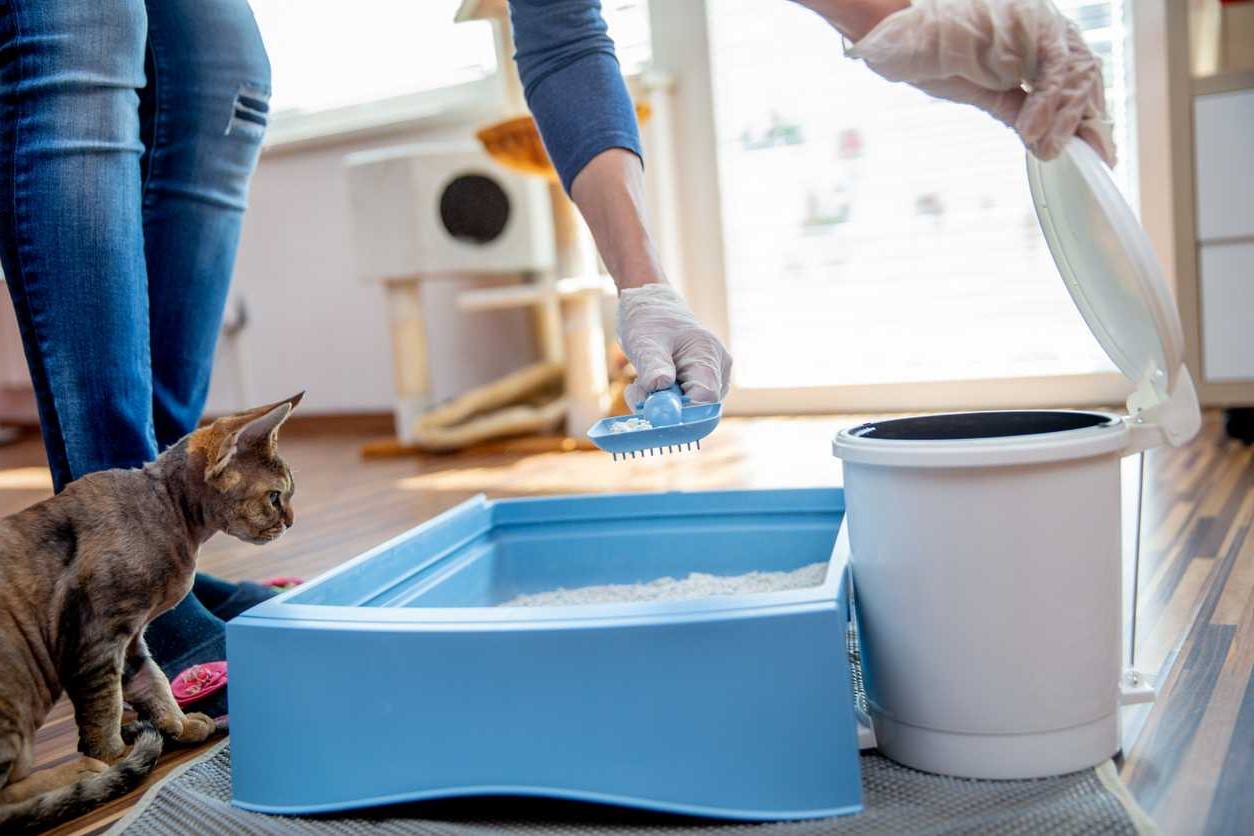

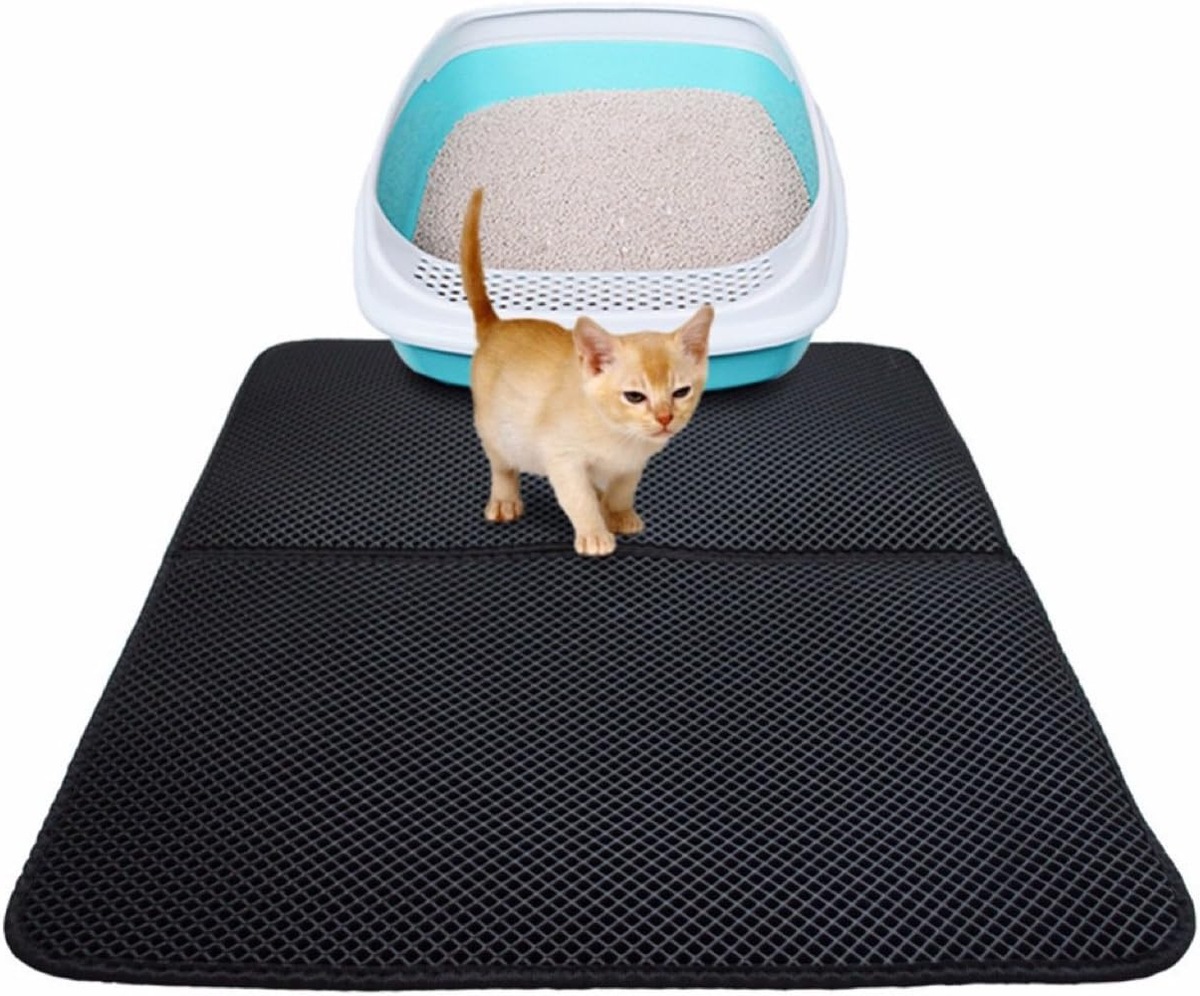
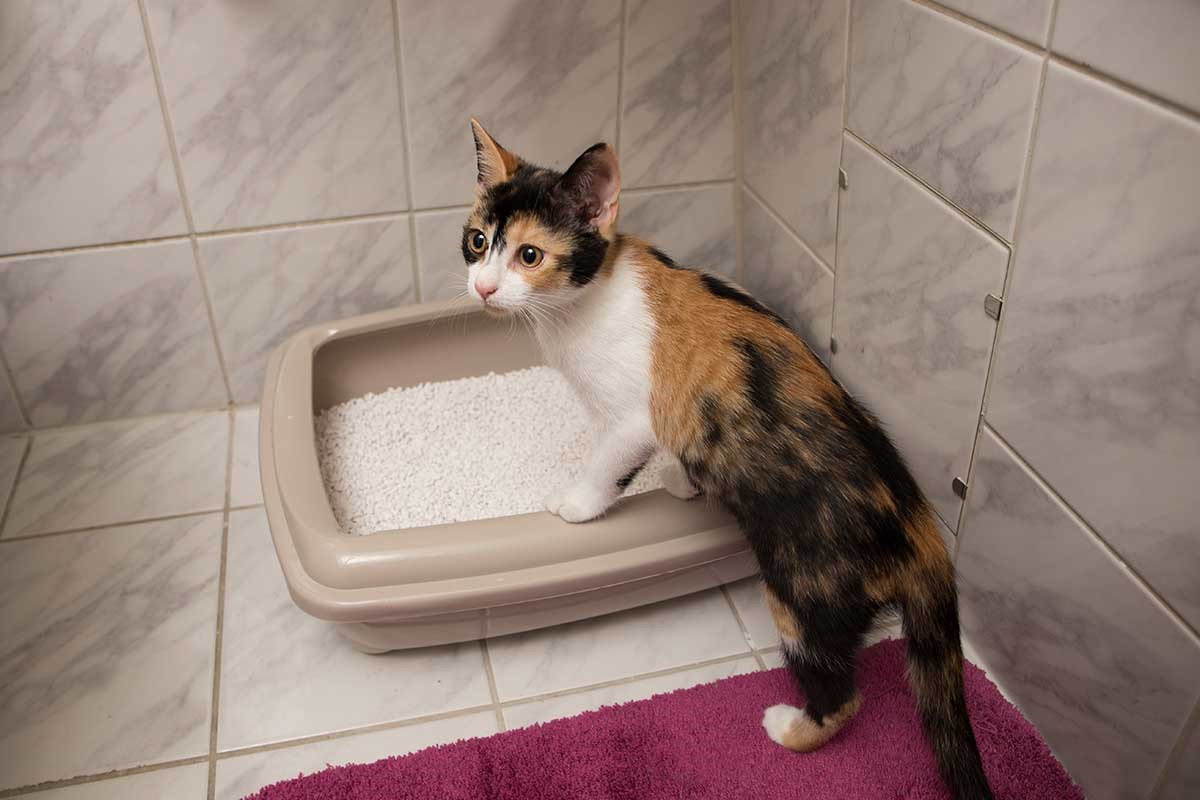

0 thoughts on “What Does It Mean When A Cat Lays In The Litter Box”